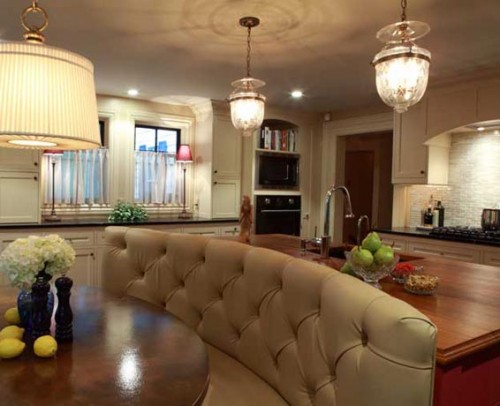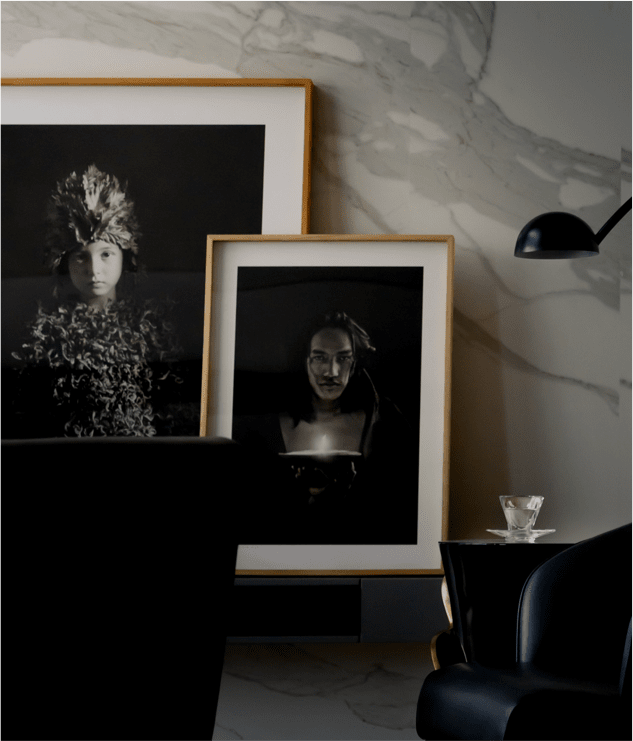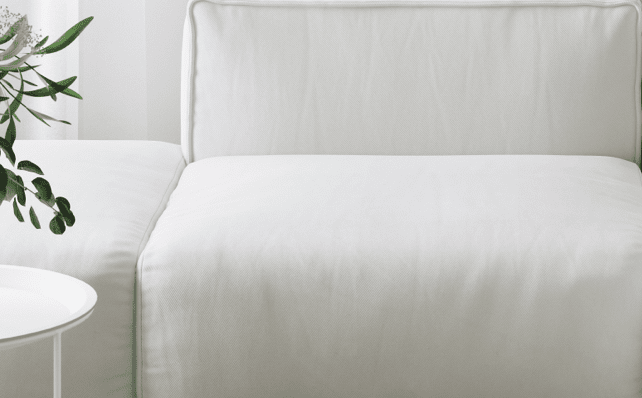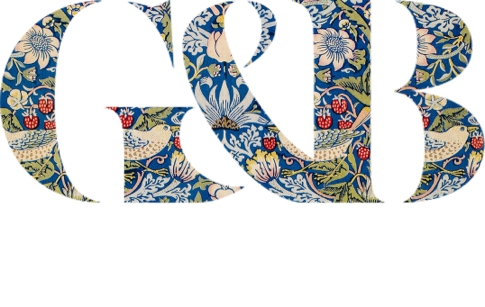Three Keys to a Great Interior Design Portfolio
 1. Ingredients are everything.
1. Ingredients are everything.
I’m going to tell you the most important thing first. It will come through a corny little food metaphor:
Building an interior design portfolio is like making spaghetti with fresh tomato and basil.
You know that part of summer when heirloom tomatoes are everywhere and you can make dinner out of just three great ingredients? And everyone raves about what a great cook you are despite the simplicity of the meal? Try making that same meal out of mealy winter tomatoes and see how it goes.
It’s all about the ingredients. When it comes to your online portfolio, the same rule applies. If you don’t have quality photographs of your work, things are going to get tough. Sub-par photographs are a mealy tomato. You can try to distract from them with a bunch of other flashy ingredients, but the result won’t be great. You need really beautiful photographs of your work — if you don’t have them already.
You have two choices: hire a professional or become a student of photography yourself. (It’s the age-old question. Do you have time or money?) Either way, you must have great photographs. Having built multiple websites for interior designers, I’ve seen the difference between professionally shot photos and those shot by amateurs. My advice is to hire an interior design photographer. They know about lighting, great angles and they own the proper equipment. Make the investment. Your clients may be thrilled and delighted by your work but, from a marketing perspective, it doesn’t matter how good it is if you don’t have a beautiful photograph.
2. Make it quick and convenient to view your work.
Let’s keep talking about food. An image that is not properly optimized for web is like a meal that takes ninety minutes to arrive at the table. Maybe it’s the most divine food, but if you’ve already left the restaurant because you’re annoyed and hungry…it never mattered. People don’t wait for things because they don’t have to. If your images don’t load reasonably quickly, they will go to another site.
Never upload an image at full resolution or allow anyone else to do so on your site. An image must be sized down to something reasonable. The level of quality should also be adjusted to make it load even faster. There is a tight-rope that you or your web developer must walk when sizing your images and choosing a file type: big, clear and beautiful vs quick to load. This is a skill. When you’re hiring a designer/developer, talk to them about it. If you are creating your own website, take some time to research this (admittedly unsexy but incredibly important) topic. I, like most designers, use the Photoshop “Save for web” feature, which allows me to change size, adjust quality and view the results before saving a file for web.
A special note: Because of “Mobilegeddon” and the even greater need for website speed on a mobile device, this has become all the more important.
3. Keep the purpose of your portfolio in mind and mercilessly edit out the rest.
Ask yourself what you want out of this. You’re creating an online portfolio to display your work and the purpose is…what? Do you want potential clients to call you for an appointment? Subscribe to a newsletter so they can get to know you a bit and then hire you later? Is your intention to attract media attention? Whatever you want to get done, a gorgeous online portfolio will be one of your primary tools. Don’t distract from your work with complicated design elements, animations, overly-prominent social media links that send them off to Facebook-land, advertisements or anything else.
Showcase your work and then gently steer them toward the next step: a contact page, email opt-in or whatever you prefer.
Good luck and enjoy the process.
Interior design shown in the photograph is by Funk Design Studio.






